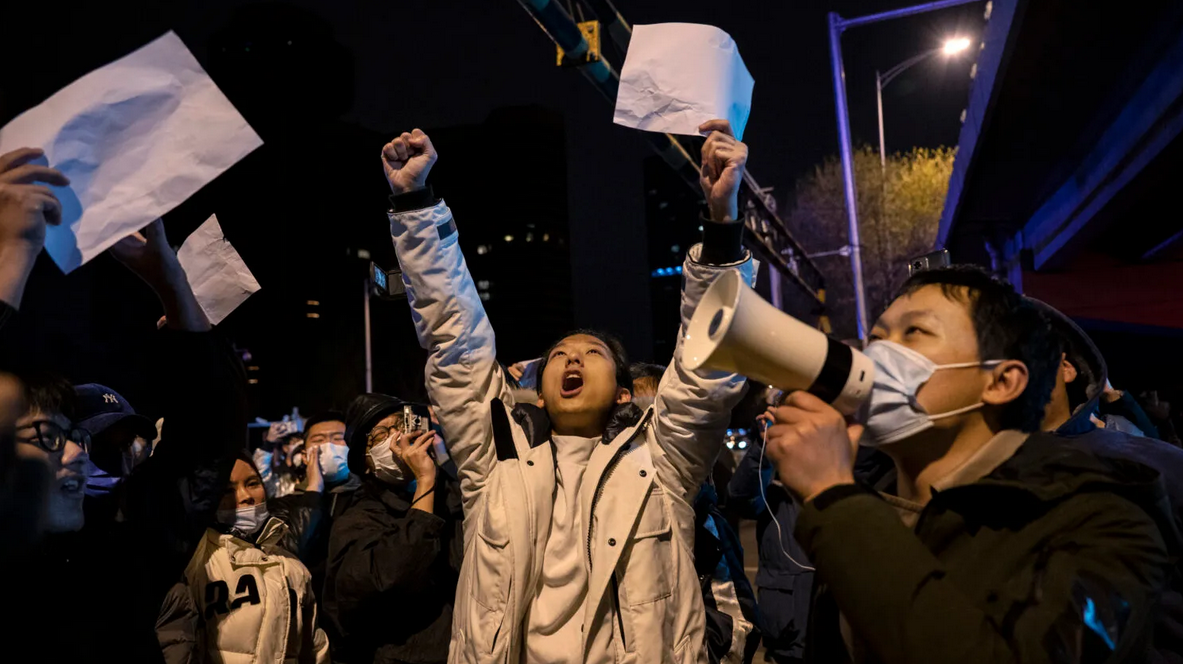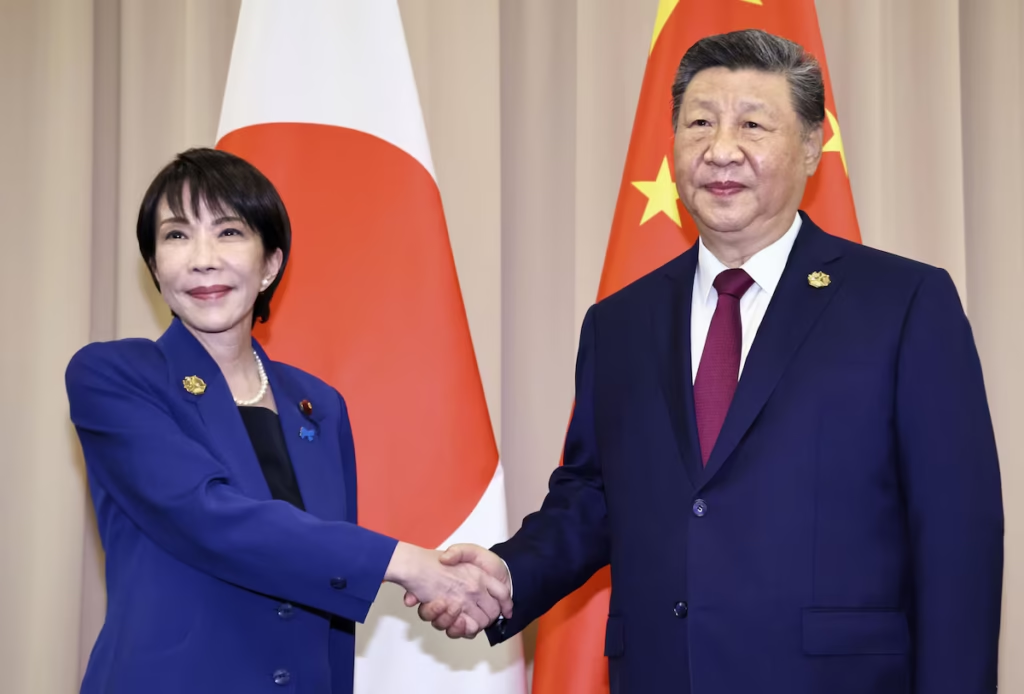Workers and popular protests challenge government in China

On the night of Tuesday, November 22, thousands of workers faced violent internal security inside the industrial complex of the Taiwanese company FoxConn in the city of Zhenzhou in the interior of mainland China. Several videos testify of the confrontation that lasted until the early hours of the morning.
By: Fabio Bosco
The protesters were newly hired to replace hundreds of workers who “fled” the factory earlier this month due to the “closed-loop” policy that forces the 200,000 workers to live inside the industrial complex, physically separated from the city (and the world), implemented in mid-October as part of the national policy to combat COVID, dubbed Covid-Zero. Inside the industrial complex, workers who test positive and their close companions are confined to dormitories with irregular access to food and basic necessities.
New workers joined the FoxConn labor force because of recently announced benefits. However, the advertised perks that drew in new workers was not respected. Instead of paying USD 3,500 for two months of work, an attractive wage for this region in the interior of China, the real value was USD 3,500 for four months of work confined to the industrial complex in degrading conditions.
Apple quickly intervened in the conflict, concerned about the worldwide repercussions of the workers’ protests and needing to resume full production to supply world markets with the new iPhone 14, the cheapest model of which costs USD 800.
The following day, FoxConn announced that it would comply with the original terms of employment and pay a severance payment of USD 1,400 in addition to providing free transportation home for new workers who did not want to stay.
FoxConn is the main assembler of products for U.S. giant Apple. Half of all iPhones produced worldwide are manufactured in Zhenzhou. FoxConn accounts for about 5% of all Chinese exports. In a way, FoxConn is a portrait of China today: massive inflow of foreign capital; large-scale production for the domestic and international market; expulsion of millions of peasants to provide cheap labor in industries; super-exploitation of the working class; and more recently, industrial relocation to the interior of the country to escape the higher wages won by the struggle of the working class in the coastal regions, in particular Canton (Guangzhou) province in the south, next to Hong Kong.
These workers’ protests were not the only ones. The week before, a crowd of migrant workers protested against food shortages in Canton’s Haizhu industrial district, where 1.8 million workers were confined for three weeks due to the “Covid-Zero” policy.
People’s protests in several cities against the death of ten people in Xinjiang
A fire broke out in a residential building in the city of Urumqi, Xinjiang province on Thursday 24, resulting in the death of ten people confined to the 15th floor. The city had been closed for four months.
The next day protests began in Urumqi city against the draconian Covid-Zero policy demanding freedom. These protests spread to 50 university campuses and major cities, including Shanghai, Beijing, Guangzhou, Wuhan, Nanjing and Chengdu over the weekend [1].
In Shanghai there was repression and arrest of protesters. Speakers recalled the ethnic cleansing against the Uyghur population [2], the majority in Xinjiang, and even the massacre in the Heavenly Peace Square (Tiananmen) [3]. Leading sectors among the demonstrators shouted slogans against the dictator Xi Jinping and the one-party regime.
In Beijing, the main demonstration was at the prestigious Tsinghua University and was attended by 2,000 students who demanded freedom of expression and, like the students in Tiananmen Square in 1989, sang the Internationale, the international anthem of working men and women.
The challenges of the dictatorship and the working class
Recently re-elected for a third term, Xi Jinping will have important challenges ahead [4].
On the one hand, the Covid-Zero policy may lead several important companies to move part of their production to other countries. FoxConn itself has announced investments in its South Indian unit to produce iPhones. In addition, the dispute between Western imperialism and China may be another reason for the weakening of Chinese capitalism.
On the other hand, these workers’ and popular protests can be the spearhead of a broad process of struggles for social and democratic rights, which sooner or later will come. These will necessarily come up against a powerful enemy. The Chinese regime represses freedom of speech, organization and press. Leaders of strikes and protests are arrested and/or kept under strict surveillance. Even labor lawyers are persecuted.
Despite the repression, there are factors that can enhance struggles. Capitalist development in China has generated the largest industrial proletariat in the world, part of which works for national and international private capital, and part in state-owned enterprises [5]and [6]. Populations are also now concentrated in the big cities. In addition, greater access to education and new technologies can be an instrument of social struggles. There also remains the historical memory of the Chinese revolutions and, in particular, the echoes of the great protests in the Heavenly Peace Square, violently repressed in 1989. That students in Beijing sing the Internationale is clearly a sign of this historical memory and an antidote to the efforts of the neo-Stalinist and neo-Maoist left to characterize the democratic struggles inside China as pro-imperialist. After all, what pro-imperialist sector would sing the International?
Notes:
[1] https://litci.org/en/china-is-living-through-turbulent-days-of-defiance-against-the-government/
[2] The chinese military represses the Uyghurs in https://litci.org/es/artigo813/
[3] https://litci.org/en/25-years-after-the-tiannamen-massacre/
[4] https://litci.org/en/20th-congress-of-the-communist-party-of-china-brings-no-surprises-and-keeps-xi-jinping-in-power/
[5] https://litci.org/en/china-a-capitalist-regime-actually-existing-socialism-or-an-intermediate-social-regime/
[6] https://litci.org/en/a-study-on-the-chinese-working-class/




